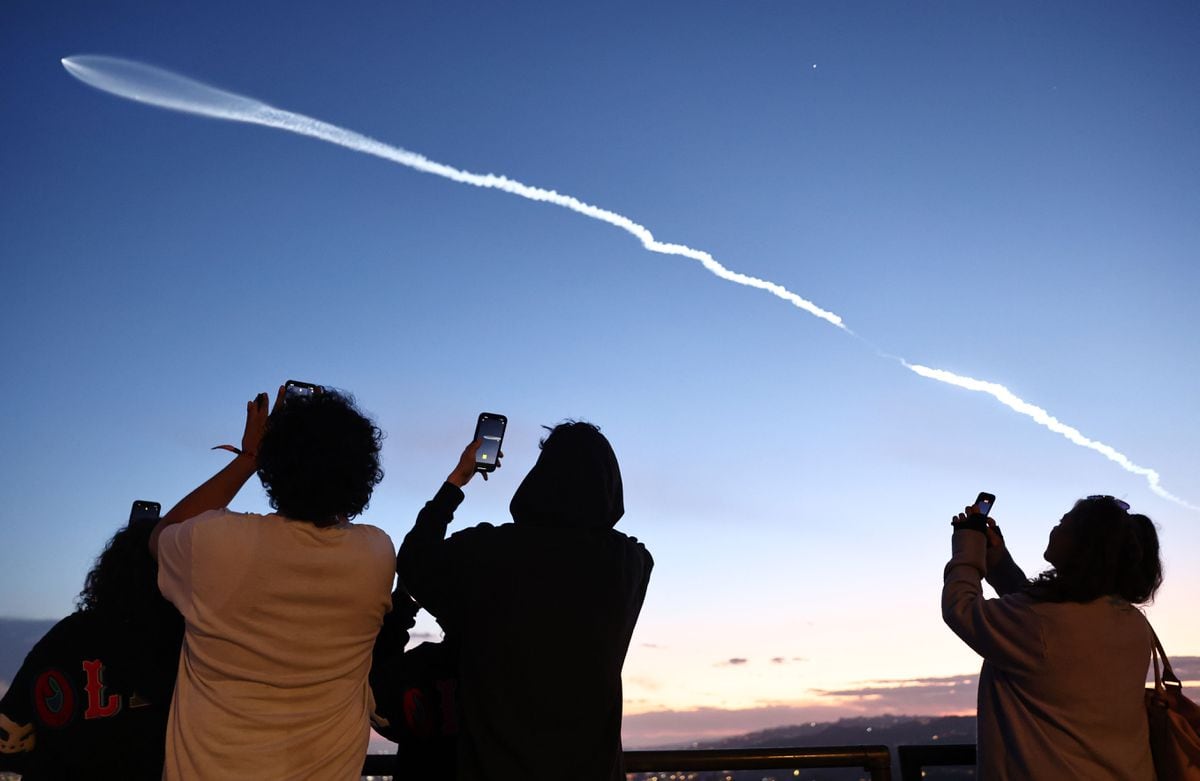The international community is pushing for the approval of rigorous standards that track and limit the obsolete objects that can pass through the atmosphere and cause material damage on Earth
At dawn on Good Friday, a luminous trail crossed the sky of the Spanish Mediterranean coast until it disappeared behind the marine horizon. After the initial stupor, the military commanders in charge of supervising the area reported that it was a “grazing meteoroid” and not a ballistic missile or a Starlink satellite, as was initially thought. The scare brought to the fore the importance of controlling the space debris orbiting Earth.
According to the latest data from the European Space Agency (ESA), some 11,500 tons of objects launched into space are moving at high speed above our heads. The trail pollution is made up of one million pieces of waste, measuring between one and 10 centimeters, and 36,500 larger objects. But that’s only the space debris that’s registered, because not all space trash is cataloged and tracked by the databases that were created after the start of the space race (the ESA monitors about 35,150).
Space debris can be as large as a car or as small as a paint chip. “The real danger is the speed at which they move, more than 28,000 kilometers per hour [17,400 miles per hour], which turns them into real projectiles,” says Efrén Díaz, head of technology and space law at the Mas y Calvet Law Firm and general secretary of the Spanish Association of Aeronautical and Space Law (AEDAE). At this speed, the impact of a sphere measuring just over a centimeter could cause the same damage as a car traveling at 50 km/h.



I keep saying, space is mostly a waste of money until we have better technology and solve more of our problems here, first.
But hey, it makes rich people richer faster than building houses for the poor so guess what we’re going to do?
Communications satellites and globally-accessible internet are not a waste of money because they will bring the world together to help develop that technology (yes, I realize there is a bad side to that too). The problem is the way it’s being done… launching over 5000 Starlink satellites alone so far.